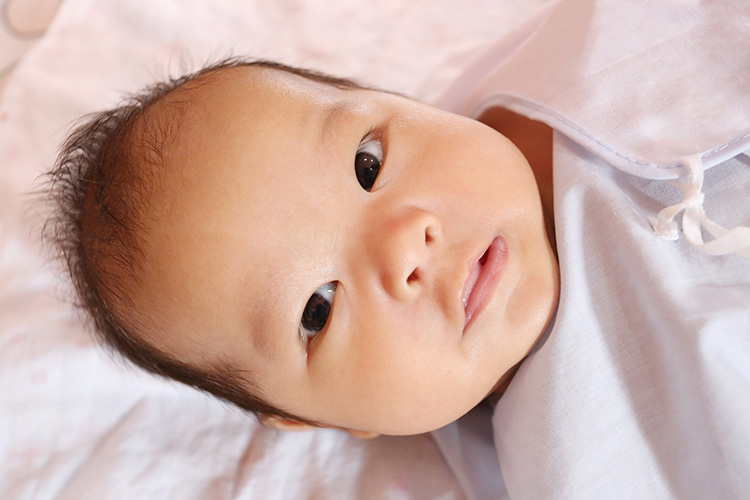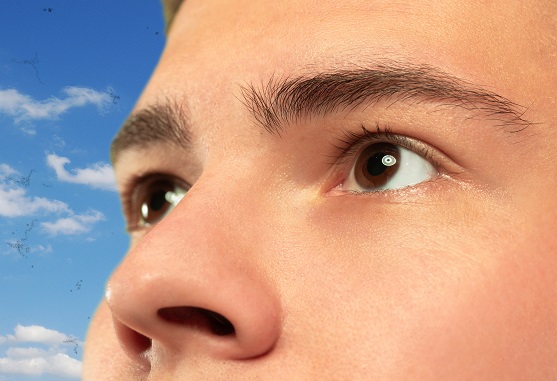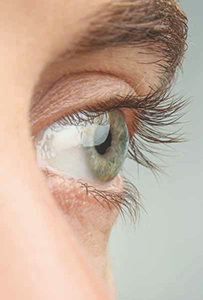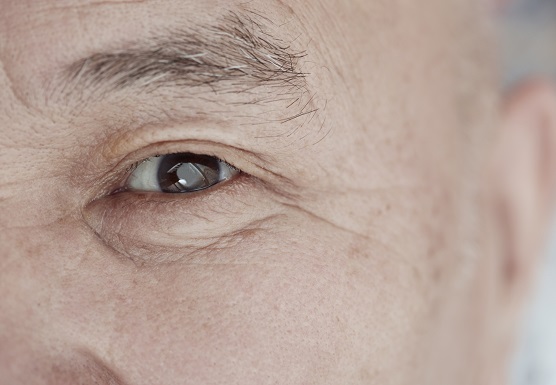When Little Eyes Wander: Causes and Care of Childhood Strabismus

Dr Inez Wong, senior consultant ophthalmologist from Eagle Eye Centre at Mount Alvernia Hospital, explains what strabismus is, its causes, symptoms and treatment methods.
What is strabismus and how does it affect children?
Strabismus, also known as squint, is a condition where the two eyes are not aligned – one eye looks straight ahead while the other squints and usually turns in, drifts out, looks up or down.
Our eyes work together normally and the brain fuses the images, allowing us to see in 3D and judge distances and depth. When the eyes are misaligned, there is loss of depth perception and binocular vision.
Children with strabismus may experience double vision. However, their immature brain may suppress the image from the deviating eye and they simply use one eye at a time.
What causes strabismus?
Causes include:
- A high degree of longsightedness or a large difference in degree in the eyes.
- Pathology in the eye such as cataract, retina or optic nerve issue, or even retinoblastoma (eye cancer). In these cases, the affected eye does not see well and may then drift.
- Abnormality in the brain or nerves controlling the eye muscles.
- Abnormality in the eye muscles of the surrounding tissue (although this is common).
How can I tell if my child has strabismus?
Children with strabismus have eyes that do not look in the same direction at the same time. Others may tilt or turn the head to look at an object, or close one eye to avoid double vision, especially when outdoors.
What types of strabismus are there?
Pseudostrabismus: A condition where the eyes appear misaligned but are actually straight. Not truly strabismus, but caused by skin folding across a flattish nasal bridge so the eyes look like they converge.
Intermittent exotropia: Known as divergent strabismus and the most common form in Singapore. One eye turns outwards on and off. Well-controlled cases can retain good binocular function including fine 3D vision.
Esotropia: Also known as convergent strabismus. This may require patching or glasses but will typically require surgery to correct as it is generally constant. For infantile esotropia which occurs before the age of six months, surgery is usually recommended by the time the child turns one.
Accommodative esotropia: Occurs between 18 months and 3 years old. It is related to a high degree of long-sightedness.
Vertical strabismus: A less common form where the child can present with a head tilt. If the head tilt is severe, surgery can help to correct this.
“It’s important to detect strabismus as early as possible to rule out any serious underlying conditions, and also to prevent irreversible complications.” – Dr Wong
Untreated strabismus can lead to lazy eye or amblyopia. A child’s vision develops in the first seven years of life. If one eye keeps drifting, the brain may neglect it and never form connections with it. This can result in permanent visual loss.
Strabismus also disrupts the ability to use the eyes together and may have an impact on stereopsis (depth perception), fine visual motor actions and spatial resolution. In cases that were left untreated or that occurred when the child was very young, stereopsis may not recover even after successful surgery.
What sort of treatments are there for strabismus?
Treatments vary with the type of squint.
1) Glasses
Glasses are prescribed for children with accommodative esotropia. As these children have a high degree of long-sightedness, they need glasses to control their alignment. Children with divergent squints may also need prescription glasses for myopia or astigmatism to improve their control. Glasses are also needed if the child has two very different degrees in each eye to prevent the weaker eye from drifting out.
2) Eye patching
Usually prescribed for a lazy eye to make the child use the weaker eye. This may take months, or even years for full recovery. Hence, timely intervention is needed as patching does not work well once the child is past seven years old.
3) Eye exercises
Useful for divergent strabismus. A typical exercise is called a pencil pushup where the child looks at the tip of a pen at arm’s length and keeps following it as it is brought close to the eyes. More advanced fusional exercises can be taught once this has been mastered.
4) Surgery
Eye muscle surgery is recommended for certain types of strabismus such as infantile esotropia, constant esotropia or exotropia. Since these patients do not use their eyes together, surgery is needed to align the eyes so that they can recover binocular vision.
Earlier surgery in such cases ensures a higher chance of developing binocularity and improves long-term successful outcomes.
In cases of intermittent squint such as intermittent exotropia, surgery is recommended for those with deteriorating 3D vision, increasing size of squint or frequency of breakdown in order to preserve their binocular function.
Article contributed by Dr Inez Wong, accredited doctor from Mount Alvernia Hospital.
This article is taken from our MyAlvernia Magazine Issue #51. Click here to read the issue on our website.


